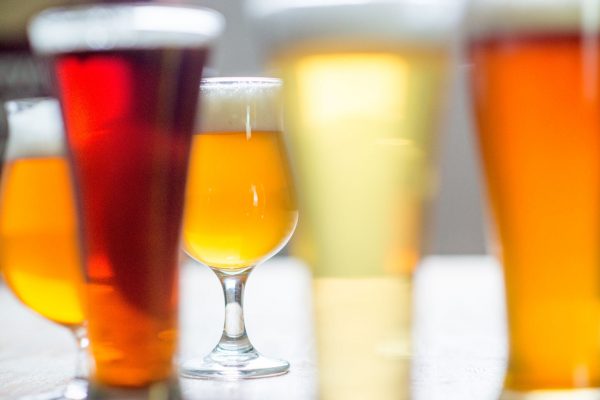
Jabba Juice Hazy IPA

XXM (Double Extra Medium) Hazy IPA


Now That’s What I Call Hazy! Vol. 1


Oak Flower Hazy IPA


Tree House Brewing Company Julius


Hanella Hazy IPA


Big O! New England IPA


Good Word Brewing Never Sleep New England IPA


Mango Maya Milkshake IPA


“Do You Even Haze Bro?” New England IPA


Four-Two-Oh NEIPA

Cranberries for Sal New England IPA

Displaying results 1-12 of 26
